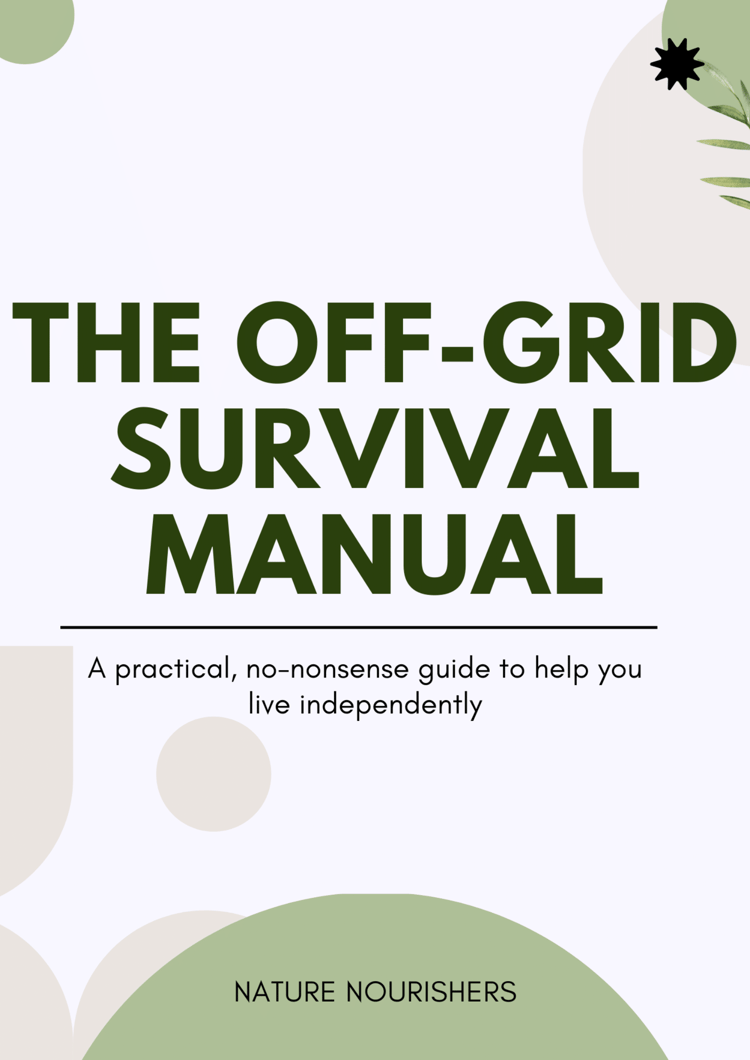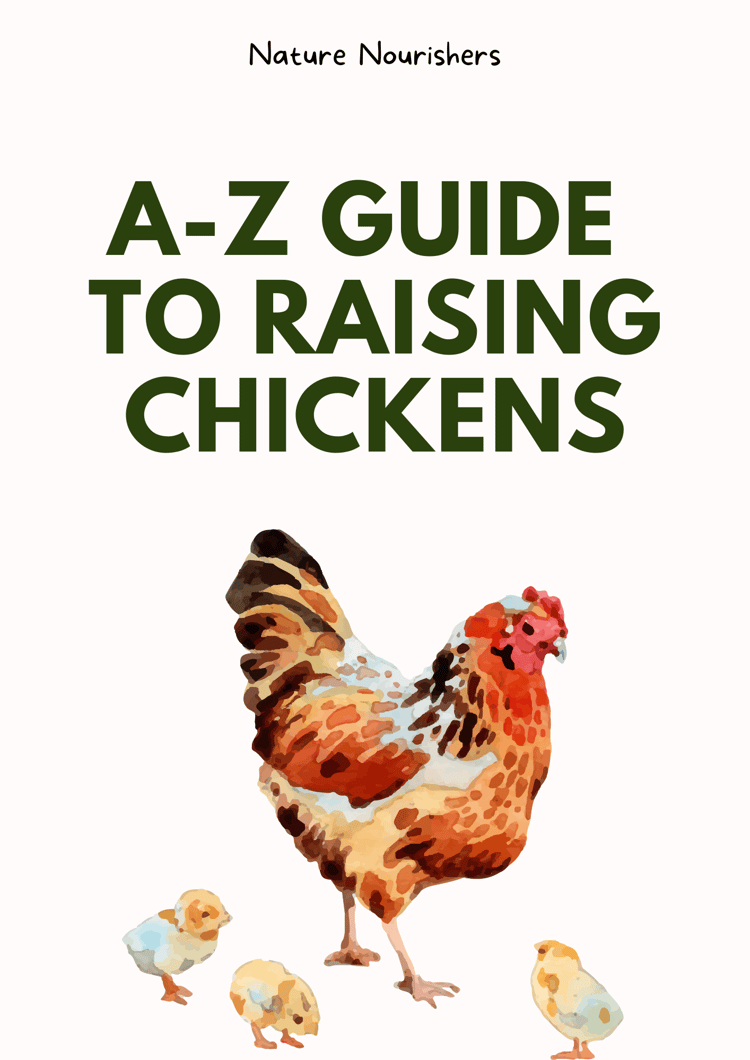Homesteading with kids can be beautiful, educational, and deeply bonding — or it can feel overwhelming and chaotic. The key is to involve children in age-appropriate, purposeful ways that respect their pace and your need for structure. Here's how to bring kids into homestead life while keeping peace, safety, and rhythm intact.
1. Create Simple Daily Tasks Just for Them
Kids thrive with routine and responsibility.
Assign them age-appropriate chores like collecting eggs, feeding rabbits, watering plants, or sweeping the coop floor. Keep it short and consistent — the goal is confidence, not perfection.
2. Set Up a Safe Work Zone Near Yours
Give them their own “station” close by.
While you're gardening or building, let young kids dig in their own soil bed, play with safe tools, or mimic your tasks with scrap materials. This keeps them engaged without getting underfoot.
3. Teach Through Observation First
Kids learn best by watching.
Before handing them tools or tasks, invite them to simply observe. Let them see how you handle chicks, knead bread, or trim hooves. Their natural curiosity will lead to questions and willingness to help.
4. Let Them Harvest and Taste the Results
Involve them in the fun, immediate rewards.
Picking strawberries, pulling carrots, or gathering herbs connects them to the land. Let them nibble, wash, and help prepare their harvest — it builds pride and motivation to contribute.
5. Use Visual Charts or Symbols for Younger Kids
Keep instructions simple and visible.
Create a picture-based chore chart or use symbols for garden tasks, coop duties, or morning routines. This gives young children a sense of independence without needing constant reminders.
6. Assign Animal Buddies for Older Kids
Give them responsibility for one animal group.
Older children can handle feeding, brushing, or cleaning for a set of animals — like goats or ducks. When they “own” a task or animal, they develop deeper care and discipline.
7. Keep a Nature Journal as a Family
Turn observation into connection.
Draw pictures of plant growth, weather patterns, animal behavior, or moon phases. Use it to wind down in the evenings or reflect together on what the land is teaching.
8. Build Kid-Sized Tools and Spaces
Equip them for success with the right gear.
A child-sized rake, watering can, or apron allows them to participate meaningfully without frustration. Let them paint their own garden sign or build a mini raised bed.
9. Make Space for Stillness and Wonder
Not everything needs to be productive.
Let them climb trees, play with dirt, or quietly watch chickens scratch. Homesteading isn’t just about doing — it’s about experiencing life at a slower, fuller pace.
10. Include Them in Seasonal Traditions
Mark time with meaningful rituals.
Start seeds in spring together, harvest garlic in summer, press apples in fall, or make herbal salves in winter. These moments become the rhythm of their childhood — grounding them in the natural world and family life.
When you involve kids with intention, the homestead becomes more than land — it becomes a living classroom, a memory-maker, and a home rooted in real work and wonder.




